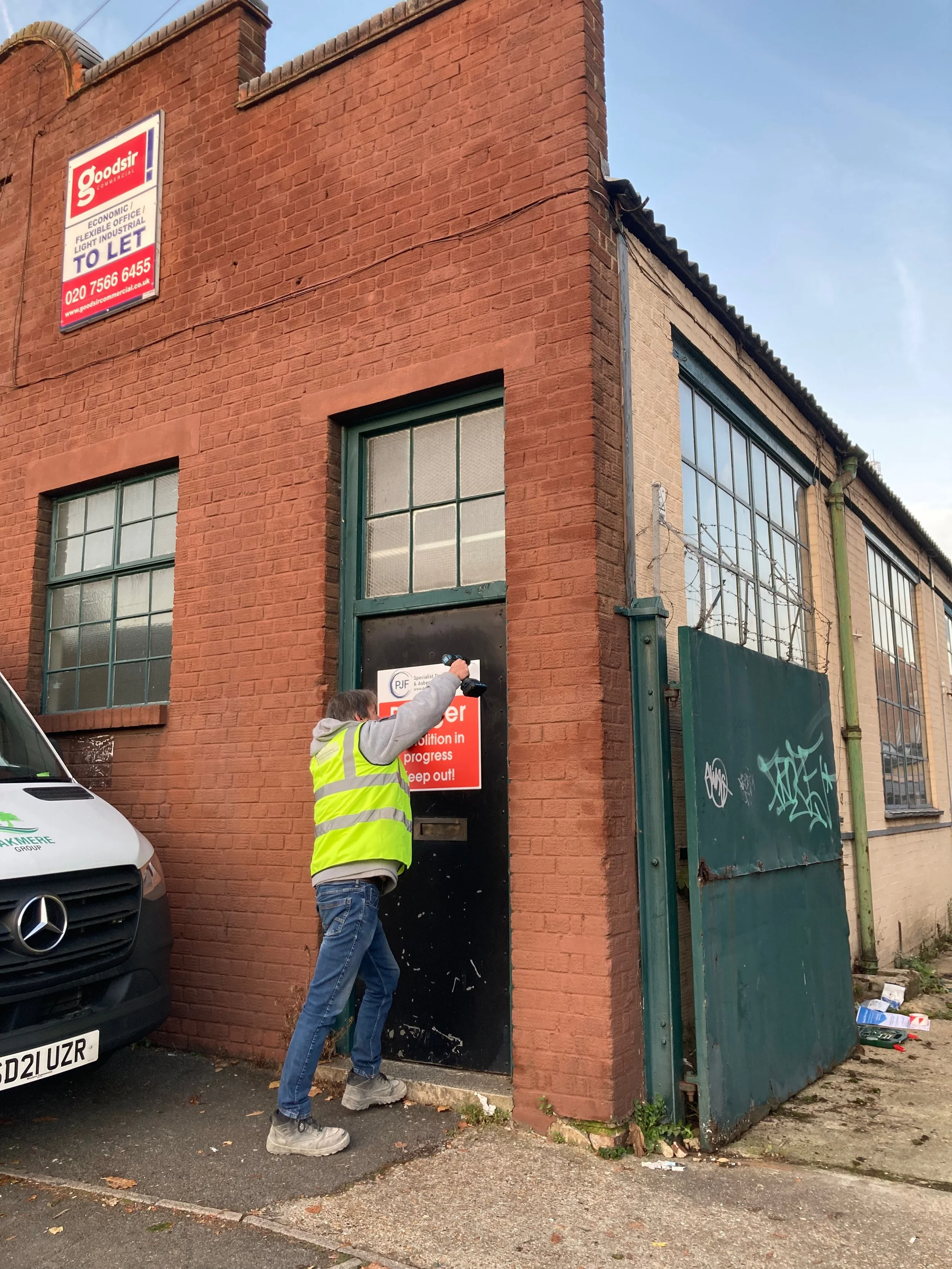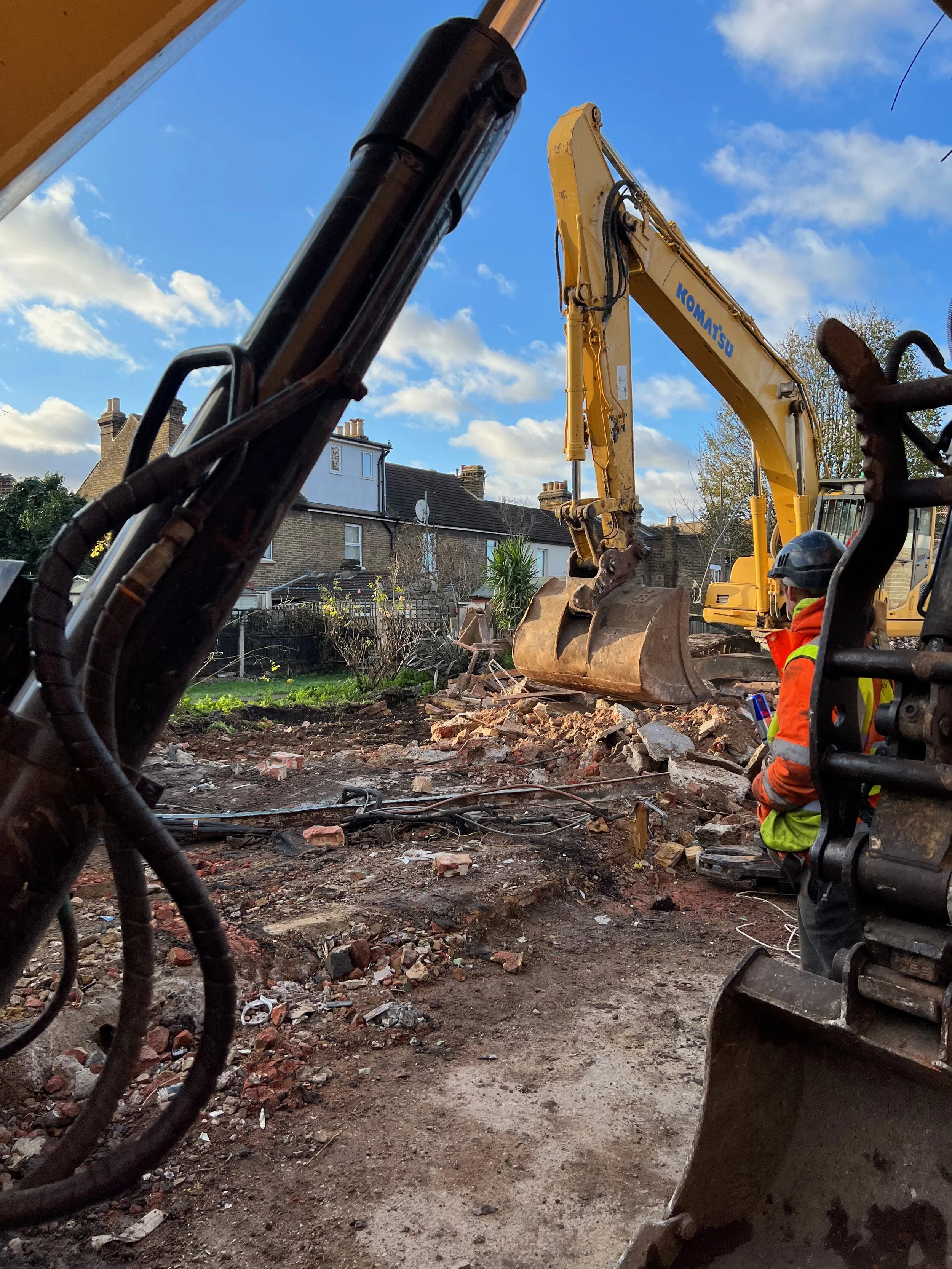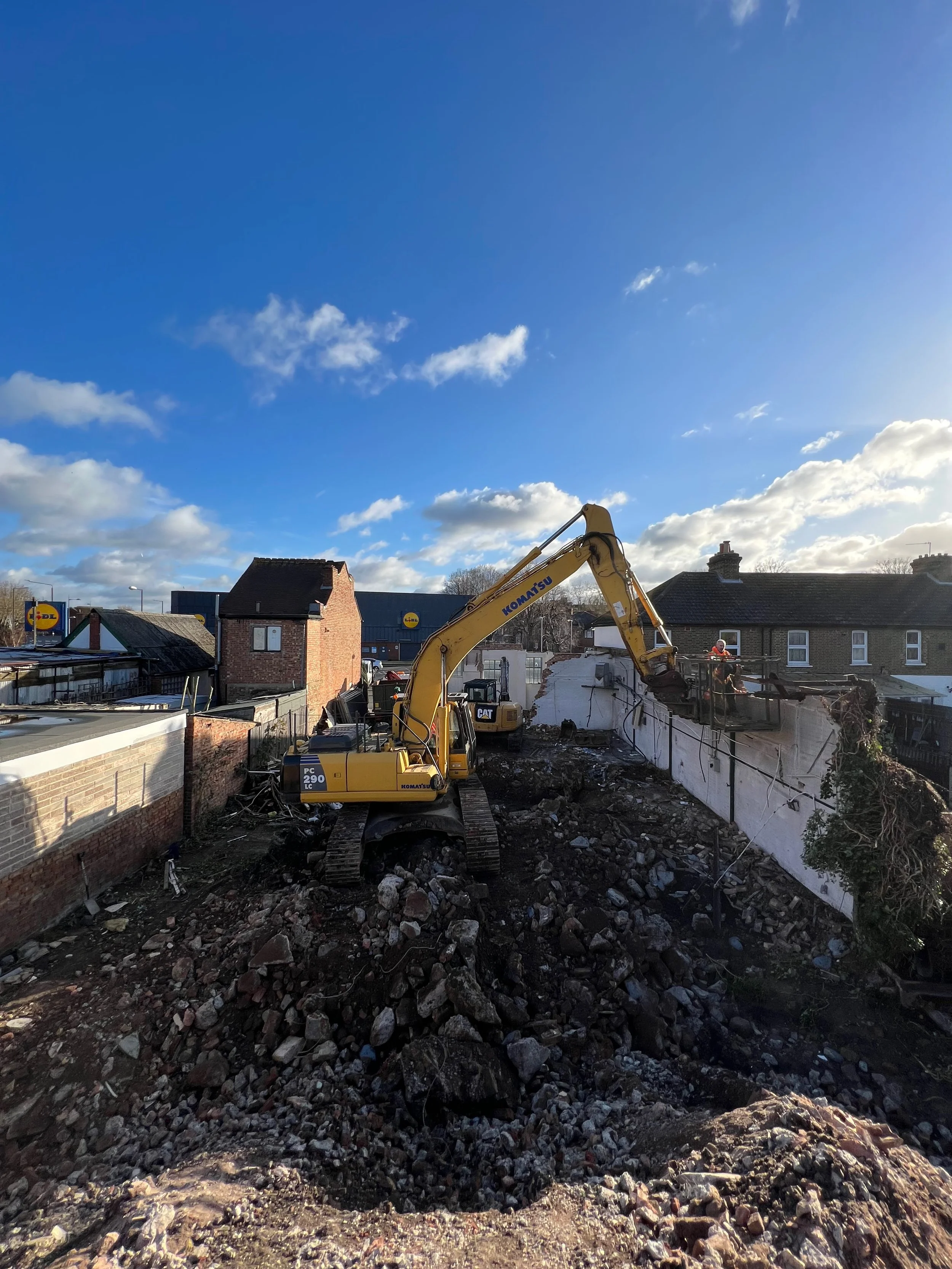
CHAPTER THREE
“DEMOLITION”
CHAPTER THREE “DEMOLITION
In the dynamic world of construction, where new structures rise to the sky, there's a captivating process that often marks the beginning of transformation—demolition. Demolition is the carefully orchestrated art of dismantling existing structures to pave the way for something new and innovative. Let's delve into the intriguing world of demolition on a construction site and uncover the significance it holds in the grand scheme of progress.
Demolition is the process of intentionally bringing down structures, buildings, or infrastructures to create space for new construction or repurposing. This intricate procedure involves a blend of engineering precision, safety protocols, and environmental considerations to ensure a controlled and efficient deconstruction.
While construction often captures the spotlight, demolition is the unspoken hero that clears the canvas. Whether it's making room for a modern skyscraper, revitalizing urban spaces, or transforming an entire neighborhood, demolition is the crucial first step in the construction journey.
Methods of Demolition
Implosion: In some cases, controlled explosions are used to bring down tall structures. These implosions carefully direct the collapse of the building's supports, causing it to crumble in on itself.
Mechanical Demolition: This method involves using heavy machinery like excavators, bulldozers, and wrecking balls to dismantle structures piece by piece. It requires careful planning to ensure the safety of workers and nearby structures.
Selective Demolition: When a portion of a structure needs to be removed while preserving other parts, selective demolition is employed. This method requires precision to avoid damaging the parts that will remain.
Deconstruction: Focusing on salvaging materials and components, deconstruction is a sustainable approach to demolition. This method involves carefully disassembling structures to recover valuable resources for reuse or recycling.
Demolition is not just about destruction; it's about responsible deconstruction. Safety is paramount during the process, ensuring that workers and the surrounding area are protected from potential hazards. Moreover, environmental considerations play a significant role. Proper disposal of debris, recycling materials, and minimizing air and noise pollution are integral aspects of a responsible demolition process.
Demolition may seem chaotic, but it's a carefully choreographed dance of controlled chaos. It's a journey from the past to the future, where the old makes way for the new. As the dust settles, the foundation is laid for innovation, creativity, and progress to thrive.Demolition may mark the end of one chapter, but it's the beginning of something even more remarkable. It's the symphony of dismantling, the rhythm of transformation, and the prelude to progress. So, the next time you witness a construction site in the midst of demolition, remember that every fallen brick is a stepping stone toward building a brighter, more innovative future.



